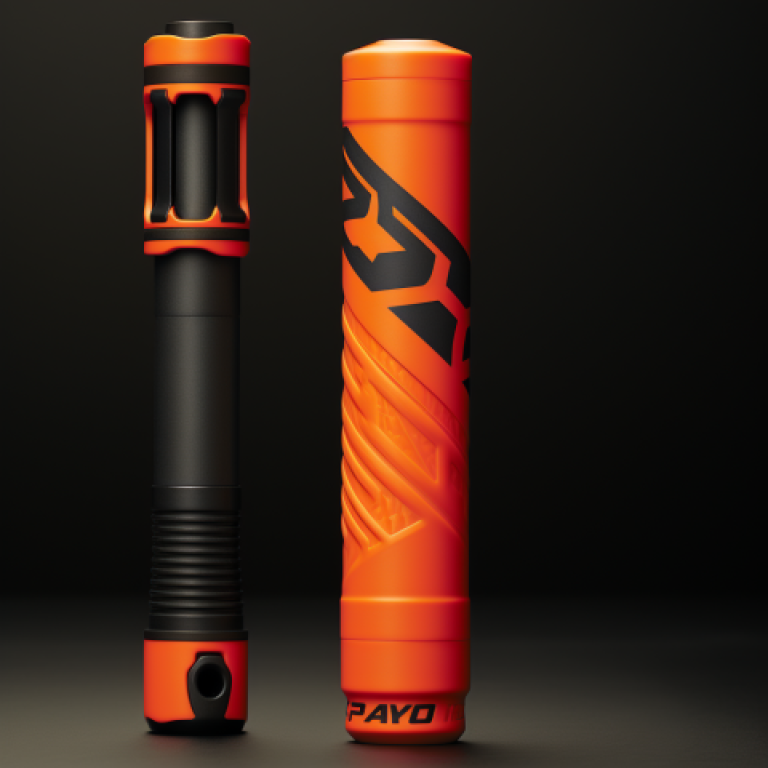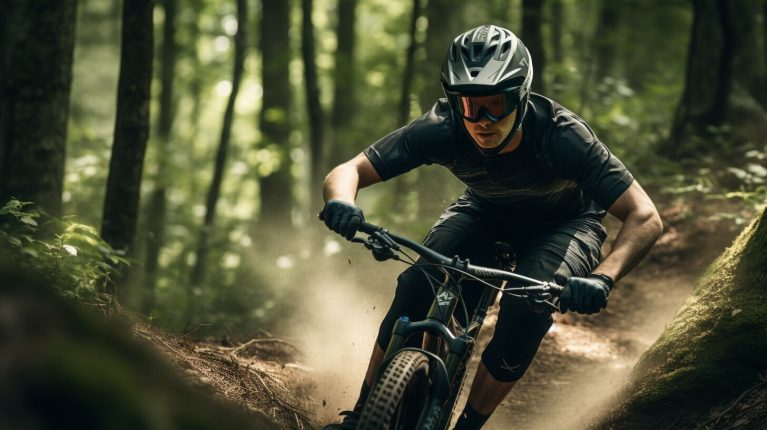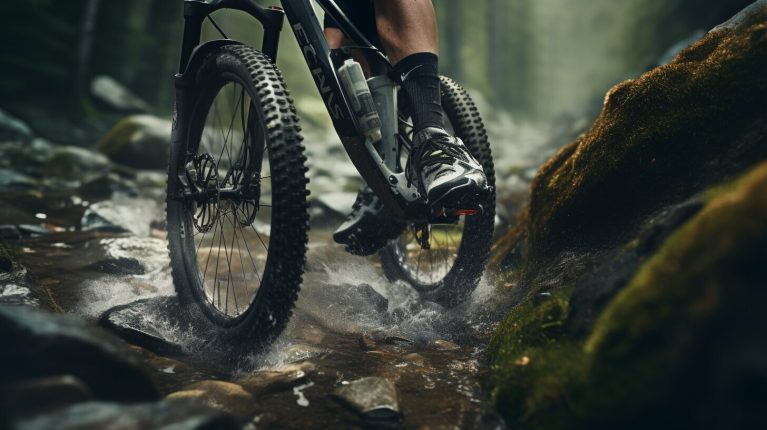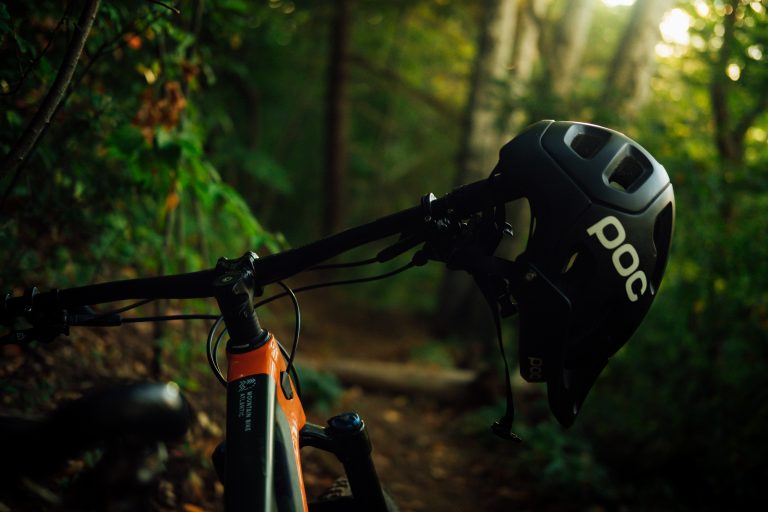Mountain Bike Maintenance Guide: Keep Your Ride in Peak Condition
Mountain biking is more than just a sport or a hobby, it’s a lifestyle. And like any lifestyle, it requires a certain level of commitment. One of the most important commitments you can make as a mountain biker is to the maintenance of your bike. A well-maintained bike not only performs better but also lasts longer, saving you money in the long run. In this guide, we’ll walk you through the essentials of mountain bike maintenance, ensuring your ride is always ready for the next adventure.
The Importance of Regular Mountain Bike Maintenance
Imagine this: you’re halfway through a thrilling downhill run when suddenly, your bike starts acting up. The gears are grinding, the brakes are less responsive, and the ride isn’t as smooth as it should be. This is the last thing you want when you’re out on the trails, and it’s something that can be easily avoided with regular maintenance.
Maintaining your mountain bike is crucial for several reasons. First, it ensures optimal performance. A well-maintained bike is more responsive, more efficient, and more fun to ride. Second, it prolongs the lifespan of your bike. Regular maintenance can prevent serious damage and costly repairs down the line. Finally, it enhances safety. A bike in good condition is less likely to malfunction, reducing the risk of accidents.
Mountain Bike Maintenance Schedule: A Timeline for Top Performance
Mountain bike maintenance isn’t a one-time thing—it’s an ongoing process. Here’s a basic timeline to keep your bike in top shape:
Before Every Ride
Before you hit the trails, give your bike a quick once-over. Check the tyre pressure, test the brakes, and make sure the gears are shifting smoothly. This quick check can help you spot any potential issues before they become serious problems. For more on pre-ride checks, check out our maintenance guide.
After Every Ride
After every ride, especially if you’ve been riding in muddy or wet conditions, it’s a good idea to clean your bike. This doesn’t have to be a deep clean—a simple wipe down to remove dirt and grime will do. Pay special attention to your chain and gears, as these can become clogged with dirt and debris. For a more detailed guide on post-ride cleaning, check out our maintenance guide.
Every 10-15 Rides
Every 10-15 rides, it’s time for a more thorough check-up. This includes checking your brake pads for wear, checking your chain for stretch, and checking your tyres for cuts and wear. You should also check your suspension forks and rear shock for any signs of damage or wear. If you’re riding a full-suspension bike or a front-suspension bike, this is especially important.
Every Six Months
Every six months, it’s a good idea to give your bike a full service. This includes everything from checking and adjusting your headset, bottom bracket, and wheel bearings, to replacing your brake fluid and gear cables. If you’re not comfortable doing this yourself, consider taking your bike to a professional.
Once Per Year
Once a year, consider replacing parts that are subject to wear and tear, such as your chain, cassette, and brake pads. This can prevent more serious damage and keep your bike running smoothly.
The Right Tools for the Job: Essential Bike Maintenance Gear
Just as a chef needs the right tools to create a culinary masterpiece, a mountain biker needs
Used WebPilot
Used WebPilot
the right tools to keep it in top condition. Here are some essential pieces of maintenance gear every mountain biker should have:
Bike stand: A bike stand holds your bike at a comfortable height for maintenance tasks, making the process much easier.
Chain cleaner and lube: Keeping your chain clean and lubricated is crucial for smooth shifting and efficient pedalling.
Tyre levers and patch kit: These are essential for fixing flats on the trail.
Multi-tool: A good multi-tool can help you adjust almost every bolt on your bike.
Brush set: A set of brushes is useful for cleaning hard-to-reach parts of your bike, like the cassette and chainrings.
Floor pump: Keeping your tyres at the correct pressure can drastically improve your bike’s performance.
Torque wrench: A torque wrench ensures that bolts are tightened to the correct tension, which is crucial for safety and performance.
For a more comprehensive list of bike maintenance tools and accessories, check out our bike accessories page.
The Nuts and Bolts: How to Service Your Mountain Bike
Now that we’ve covered the why and when of mountain bike maintenance, let’s get into the how. In this section, we’ll provide a step-by-step guide on how to service various parts of your mountain bike.
Servicing Your Shock
The shock is a key component of your bike’s suspension system, absorbing impacts and smoothing out your ride. Here’s how to service it:
Remove the shock: Start by removing the shock from your bike. This usually involves unscrewing a few bolts.
Inspect the shock: Look for any signs of damage, such as scratches or leaks. If you notice any issues, you may need to replace the shock.
Clean the shock: Use a soft cloth and a mild cleaner to clean the shock. Avoid using harsh chemicals, as these can damage the shock’s seals.
Replace the seals and rings: If your shock is more than a year old, it’s a good idea to replace the seals and rings. These parts wear out over time and can cause the shock to leak.
Reinstall the shock: Once you’ve cleaned the shock and replaced the seals and rings, you can reinstall it on your bike.
Remember, if you’re not comfortable servicing your shock yourself, it’s always a good idea to take your bike to a professional. For more detailed information on servicing your shock, check out our maintenance guide.
Servicing Your Fork Lowers
The fork lowers are another crucial part of your bike’s suspension system. Here’s how to service them:
Remove the fork lowers: Start by removing the fork lowers from your bike. This usually involves unscrewing a few bolts.
Inspect the fork lowers: Look for any signs of damage, such as scratches or leaks. If you notice any issues, you may need to replace the fork lowers.
Clean the fork lowers: Use a soft cloth and a mild cleaner to clean the fork lowers. Avoid using harsh chemicals, as these can damage the seals.
Replace the seals and fork oil: If your fork lowers are more than a year old, it’s a good idea to replace the seals and fork oil. These parts wear out over time and can cause the fork lowers to leak.
Reinstall the fork lowers: Once you’ve cleaned the fork lowers and replaced the seals and fork oil, you can reinstall them on your bike.
Again, if you’re not comfortable servicing your fork lowers yourself, consider taking your bike
Used WebPilot
to a professional. For more detailed information on servicing your fork lowers, check out our maintenance guide.
Mountain Bike Maintenance for Kids
Mountain biking isn’t just for adults—kids can get in on the action too! If your little ones are into mountain biking, it’s important to teach them about bike maintenance from a young age. This not only ensures their bike stays in good condition, but also instills a sense of responsibility and respect for their equipment.
Start with the basics, like cleaning the bike and checking tyre pressure. As they get older, they can start learning more complex tasks, like adjusting the brakes and gears. Remember, the goal isn’t just to maintain the bike—it’s to teach your kids valuable skills that they can use throughout their life.
For more information on kids’ mountain bikes and how to maintain them, check out our kids’ mountain bikes page.
Mountain Bike Maintenance: A Family Affair
Mountain biking is a fantastic activity for the whole family. It’s a great way to spend quality time together, enjoy the great outdoors, and stay active. But just like adult bikes, kids’ mountain bikes need regular maintenance to keep them in top shape.
Teaching your kids about bike maintenance from a young age not only ensures their bike stays in good condition, but it also instills a sense of responsibility and respect for their equipment. Plus, it’s a great way to spend some quality time together!
Start with the basics, like cleaning the bike and checking tyre pressure. As they get older, they can start learning more complex tasks, like adjusting the brakes and gears. Remember, the goal isn’t just to maintain the bike—it’s to teach your kids valuable skills that they can use throughout their life.
For more information on kids’ mountain bikes and how to maintain them, check out our kids’ mountain bikes page.
Advanced Mountain Bike Maintenance: Taking Your Skills to the Next Level
In the first part of our mountain bike maintenance guide, we covered the basics: why regular maintenance is crucial, a simple maintenance schedule, the essential tools for the job, and a step-by-step guide on how to service your shock and fork lowers. Now, it’s time to take your maintenance skills to the next level. In this part of the guide, we’ll delve into more advanced maintenance tasks and provide tips on when to seek professional help.
Advanced Maintenance Tasks: Beyond the Basics
Once you’ve mastered the basics of mountain bike maintenance, you can start tackling more advanced tasks. These tasks require a bit more skill and knowledge, but they can greatly improve your bike’s performance and longevity. Here are a few advanced maintenance tasks to consider:
Wheel Truing
If your wheels are wobbly or out of alignment, it can affect your bike’s handling and performance. Wheel truing involves adjusting the tension in the spokes to straighten the wheel. This task requires a special tool called a truing stand, but it’s possible to do a basic truing job with your bike upside down.
Brake Bleeding
Over time, air can get into your bike’s hydraulic brake system, reducing its effectiveness. Brake bleeding involves removing the old brake fluid and any trapped air, and then replacing it with new fluid. This task requires a brake bleeding kit and some knowledge of your bike’s brake system.
Suspension Servicing
Your bike’s suspension system is crucial for a smooth and comfortable ride. However, it’s also one of the most complex parts of your bike. Servicing your suspension involves replacing the oil, checking and replacing the seals, and adjusting the damping and rebound settings. This task requires special tools and a good understanding of your bike’s suspension system.
For more detailed guides on these and other advanced maintenance tasks, check out our maintenance guide.
When to Seek Professional Help
While it’s great to be able to maintain your bike yourself, there are times when it’s best to seek professional help. If you’re not comfortable performing a certain task, or if it involves special tools that you don’t have, it’s better to take your bike to a professional. A professional can also help diagnose and fix more complex problems that you might not be able to handle yourself.
Here are a few signs that it might be time to take your bike to a professional:
You’re not comfortable performing a certain task: If you’re not confident in your ability to perform a certain maintenance task, it’s better to leave it to a professional. Attempting to do it yourself could result in damage to your bike or even injury to yourself.
Your bike isn’t performing as it should: If your bike isn’t riding smoothly, or if it’s making strange noises, it could be a sign of a more serious problem. A professional can diagnose the problem and fix it.
You’ve performed regular maintenance, but the problem persists: If you’ve been maintaining your bike regularly but you’re still experiencing problems, it might be time to seek professional help.
For more information on when to seek professional help, check out our maintenance guide.
Essential Mountain Bike Maintenance Tips: Keep Your Ride Smooth and Safe
In the previous parts of our mountain bike maintenance guide, we’ve covered the basics of maintenance, a simple maintenance schedule, the essential tools for the job, and some advanced maintenance tasks. Now, in the final part of our guide, we’ll share some essential mountain bike maintenance tips and common mistakes to avoid. Let’s get started!
Essential Mountain Bike Maintenance Tips
Here are some essential maintenance tips that every mountain biker should know:
Keep Your Chain Clean and Lubricated
Your chain is one of the most important components of your bike. A dirty or poorly lubricated chain can affect your bike’s performance and cause premature wear on your drivetrain. Make sure to clean and lubricate your chain regularly, especially after riding in muddy or wet conditions.
Check Your Tyre Pressure
Tyre pressure can greatly affect your bike’s handling and performance. Too low, and you risk getting a flat; too high, and your ride can become uncomfortable. Check your tyre pressure before every ride and adjust it according to the trail conditions and your personal preference.
Regularly Check Your Brakes
Your brakes are your most important safety feature. Make sure to check them regularly to ensure they’re working properly. If your brakes feel spongy or less responsive than usual, it might be time to bleed them or replace the brake pads.
Don’t Neglect Your Suspension
Your suspension system absorbs impacts and makes your ride smoother and more comfortable. Make sure to regularly check your suspension for any signs of damage or wear, and service it according to the manufacturer’s recommendations.
Keep Your Bike Clean
A clean bike is a happy bike! Regularly cleaning your bike can prevent dirt and grime from building up and causing damage. Plus, it’s much easier to spot potential issues on a clean bike.
For more detailed maintenance tips, check out our maintenance guide.
Common Mountain Bike Maintenance Mistakes to Avoid
Even experienced mountain bikers can make mistakes when it comes to maintenance. Here are a few common mistakes to avoid:
Neglecting Regular Maintenance
Regular maintenance is crucial for keeping your bike in top condition. Don’t wait until something breaks to start thinking about maintenance. Make it a habit to regularly check and service your bike.
Using the Wrong Tools
Using the wrong tools can cause damage to your bike and make maintenance tasks more difficult. Make sure to invest in a good set of bike-specific tools and learn how to use them properly.
Ignoring Small Problems
Small problems can quickly turn into big ones if left unchecked. If you notice something off about your bike, don’t ignore it. Address it as soon as possible to prevent further damage.
Not Seeking Professional Help When Needed
While it’s great to be able to do your own maintenance, there are times when it’s best to seek professional help. If you’re not comfortable performing a certain task, or if your bike needs a major repair, don’t hesitate to take it to a professional.
Conclusion
Mountain bike maintenance might seem like a chore, but it’s an essential part of the mountain biking lifestyle. By keeping your bike in top condition, you can enjoy smoother rides, prevent costly repairs, and ensure your safety on the trails. So grab your tools, roll up your sleeves, and give your bike the care it deserves. Happy riding!
